Last year tens-of-thousands of elephants and hundreds of rhinos were butchered to feed the growing appetite of the illegal wildlife trade. This black market, largely centered in East Asia, also devoured tigers, sharks, leopards, turtles, snakes, and hundreds of other animals. Estimated at $19 billion annually, the booming trade has periodically captured global media attention, even receiving a high-profile speech by U.S. Secretary of State, Hillary Clinton, last year. But the biggest mammal victim of the wildlife trade is not elephants, rhinos, or tigers, but an animal that receives little notice and even less press: the pangolin. If that name doesn’t ring a bell, you’re not alone.
“Most people don’t know what a pangolin is,” says, Rhishja Cota-Larson, founder and director of Project Pangolin, along with other initiatives focused on rhinos.
It’s perhaps not a surprise that pangolins are little known by the public, since scientists are also in the dark. Nocturnal and notoriously shy, pangolins are rarely seen let alone studied. Scientists readily admit that the private lives of pangolins remain largely that: private. Still there’s another reason why this animal is little-known: government and big NGO ambivalence.
“Conservation actions are primarily focused on large mammals (generally the charismatic species) and ignore the pressing issues of small mammals and lower profile species,” says Ambika Khatiwada, who is studying the Chinese pangolin in Nepal. “The government and other organizations working in the field […] do not have adequate plans for the conservation of small mammals which has resulted in limited information regarding ecology, threats and other conservation issues related to pangolins.”





Read full article on Mongabay.com


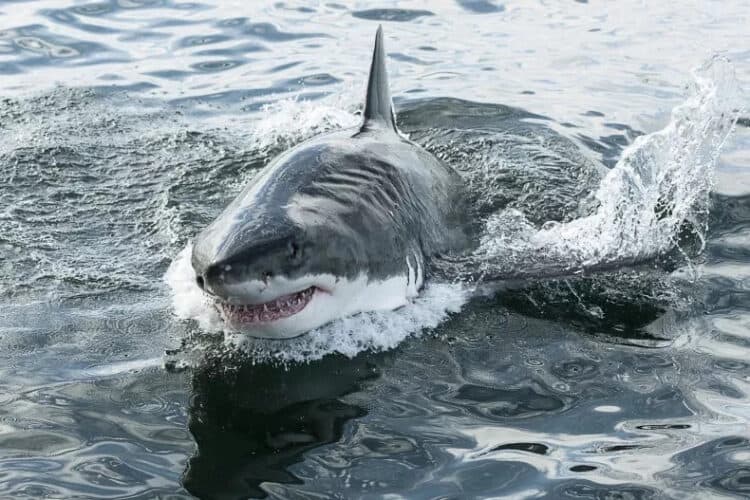
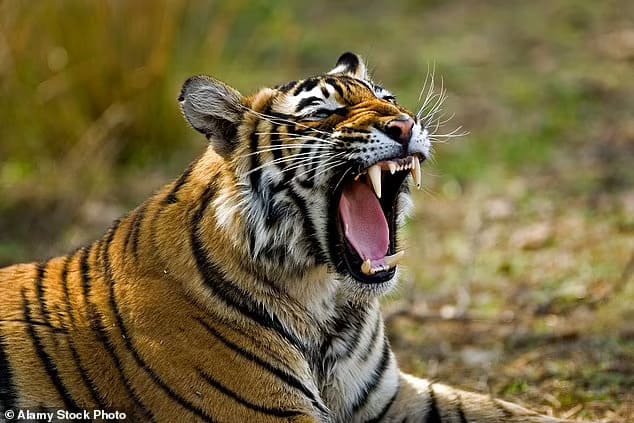
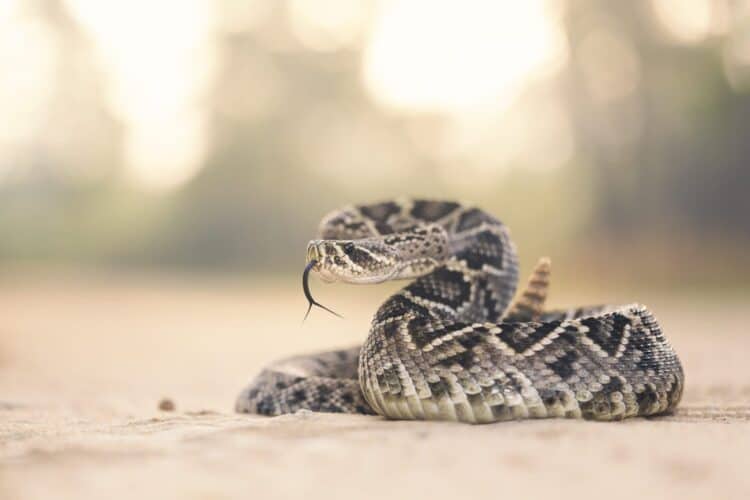
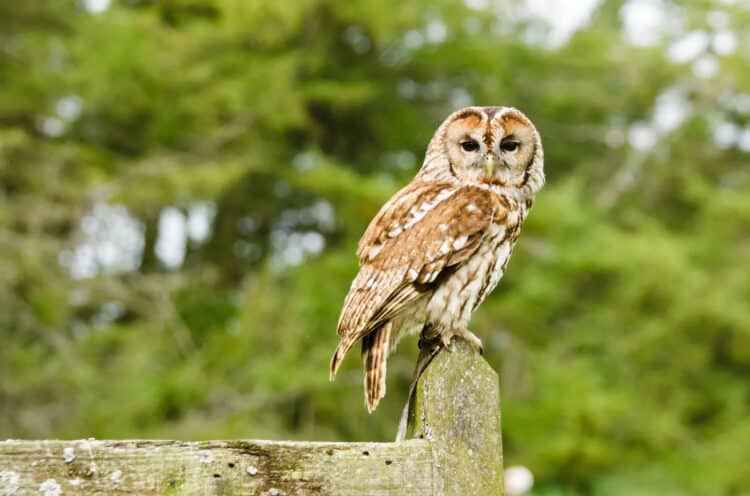
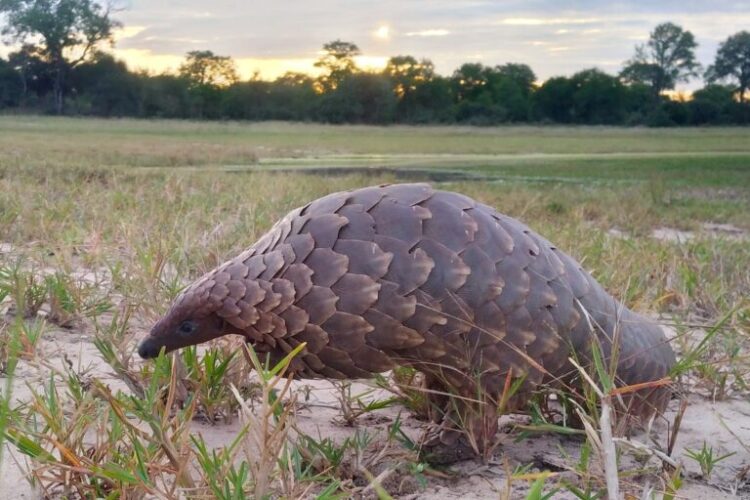
Leave a Reply